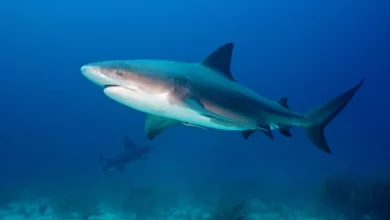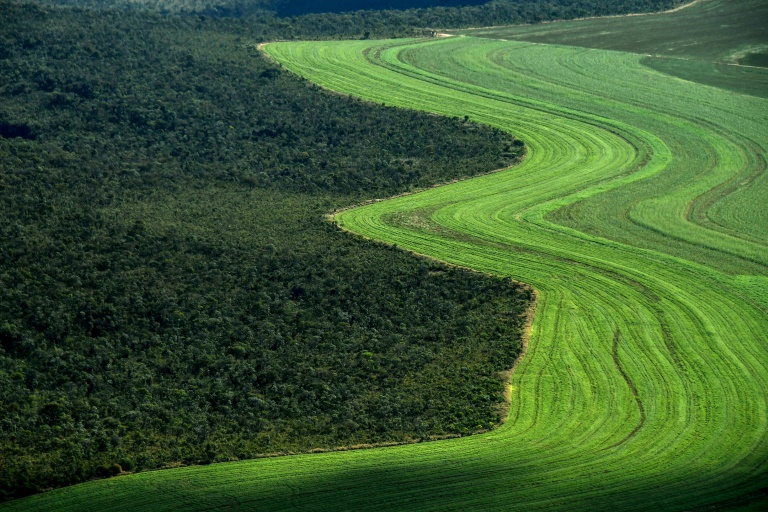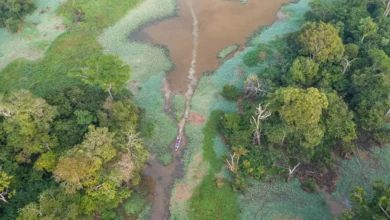
This article is part of Al-Masry Al-Youm’s weekly “Endangered Species” series, covering Egypt’s endangered flora and fauna.
Irresponsible diving, overfishing and waste disposal, together with climate change, represent a serious threat to one of Egypt’s well-known natural treasures: the coral reefs.
“You can see it when you dive. There is a decreasing variety of shells and colors around the reefs. The corals are less impressive than before,” says Ahmed Bastawy, a diving instructor in the Red Sea resort of Marsa Alam.
Egypt’s coral reefs are found mainly along the coasts of the Red Sea and in the Gulf of Suez and Gulf of Aqaba, where more than 1000 different fish species live among 250 kinds of coral. Despite the fact that most of the coral reefs are in protected areas, bad management and a lack of incentives to follow existing rules and laws pose a serious threat to the diversity of fauna and flora.
While it is difficult to directly measure the current extent of damage to Egypt’s reefs, according to Moshira Hassan, a marine biologist specialising in reefs, the situation is undoubtedly serious.
“I dove in Ain Shokhna a few weeks ago and the reefs there are a complete disaster. Algae in the water is taking the sun and nutrition away from the corals and they’re dying,” says Hassan, who is also the vice president of Reef Check e.V., an international NGO specializing in the protection of reefs.
The death of these coral reefs could have serious repercussions along the entire Red Sea coast, according to a spokesperson from the Hurghada Environmental Protection and Conservation Association (HEPCA), who spoke to Al-Masry Al-Youm on condition of anonymity.
“The entire source of economy relies on the coral reefs. Without them there will be no fishing and no tourism,” says the spokesperson, adding that the reefs are not only economically but also ecologically and culturally very important.
“The coral reefs in Egypt are one of the most unique and diverse ecosystems in the world. We simply cannot afford to lose this.”
Hassan agrees: “As opposed to what many think, the largest biodiversity worldwide is not found in the rain forest but in the coral reefs. All organisms have evolved from being sea organisms. The life in the coral reefs is extremely valuable.”
She says that the factors threatening reefs can be divided into local and global issues.
Carbon dioxide and other greenhouse gasses cause the water to be warmer and more acidic over years and years of chemical and physical reactions, causing worse living conditions for the corals. Although the reefs in the Egyptian Red Sea are less affected than the Indian Ocean because of the narrow stream combining the two, global warming still poses a long-term threat to Egypt’s reefs.
Local factors include irresponsible use of the coastline by tourists, who sometimes damage the corals physically by walking on them or touching them while diving or snorkelling. Even stirring up the sand in reef areas can cause damage to corals. Dive boats and fishing boats can be seen dropping anchor directly on reefs, while hotels cause damage by flushing waste into the sea or by irresponsible construction activities along the shoreline.
HEPCA has for some time been calling for creative solutions to these problems. Among its more successful projects has been the creation of mooring buoys, which are quasi-permanent anchors fixed to the sea-bed, allowing boats to tie up while at sea without dropping an anchor. The have also been educating tourists and tourism workers on the importance of not standing on or touching the reefs while diving or snorkelling.
Last weekend, Hassan organized a field trip to Ain Sokhna with several young Egyptian environmentalists, hoping to improve the resilience of coral reefs to the impacts of climate change. The field trip was a part of a week-long workshop hosted by the Green Arm group, a youth-led environmental initiative of the Egyptain NGO Nahdet El-Maroussa , and funded by both Reef Check and The Coral Reef Alliance.
Conducted in Arabic, the “Reef Resilience Workshop” was designed to be accessible to a range of people keen on protecting the natural environment. By knowing more about the reef’s ability to recover from damage, Hassan believes it will be easier to create create guidelines for the sustainable use of coastal areas containing reefs.
However, she asserts that there is no need for additional laws to regulate activity.
“We have excellent laws and regulations concerning the marine environment,” she says. “It’s really more a matter of them being followed. This, I believe, will only happen if greater awareness is spread, combined with a useful punishment for breaking the laws.
“It is too easy at this point to get away with violations against the environment,” says Hassan.




